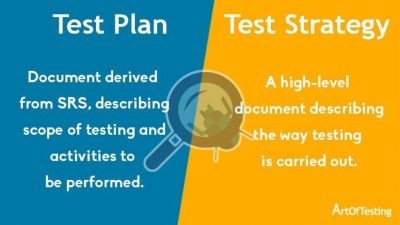This month’s article comes from the PMTIPS blog, and focuses on some key questions your team should ask when defining the scope of your project.
One of the first things to do when you start a new project is to work out what it actually involves. As well as all the workshops about requirements and the documentation that results, there are some other things to investigate as part of your project scope.
Sit down with your project sponsor or other key users on the project and go through this checklist of 7 questions you should be asking about your project scope. They’ll appreciate that you have taken the time to ask and you’ll get a much better understanding of what they are expecting the project to deliver on their behalf.

